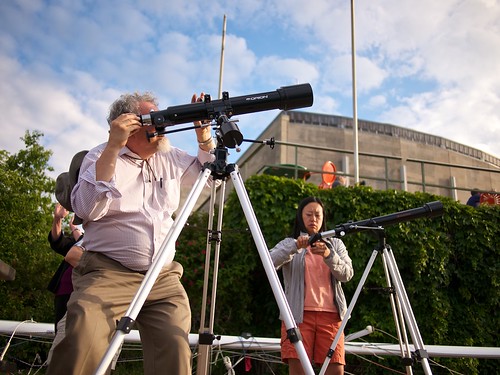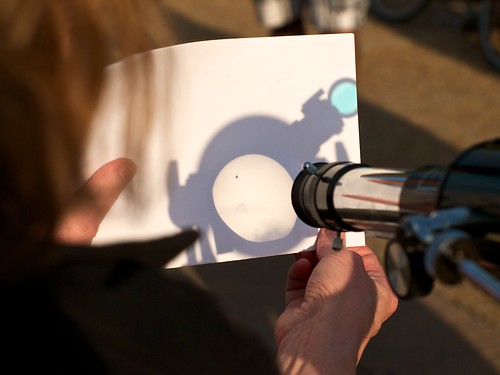No word yet on whether Shia Labeouf has been tapped for the role of Isaac Newton.
I guess historians of science like doing historical reenactments, like Captain Cook's 1768 expedition to observe the transit of Venus — but it's important to remember that we don't have a monopoly on doing history! According to The Hollywood Reporter, Rob Cohen, director of first Fast and the Furious and The Mummy 3: Tomb of the Dragon Emperor, will soon be teaming up with Rocky producer Gene Kirkwood to write and film a new movie based on Isaac Newton. Via The AV Club:
I'm sure that after writing the Principia, Newton needed something better to do, but I kinda doubt that hanging out with a pain in the rear like John Locke was one of them. On the other hand, if this upcoming movie is anything like Troy, we might want to make this required viewing for undergrad SciRev classes — with a shot whenever Newton's heterodox religion gets cut out of the script, or at least whenever we get to see Brad Pitt's pecs.“Cohen's story will focus on Newton's later years as the head of the Royal Mint, with his film casting Newton as a ‘detective’—perhaps one aided by Newton's older partner John Locke, as sort of an Enlightenment-age Lethal Weapon—with Newton devoting himself primarily to hunting down counterfeiters (and, should Cohen show any interest in actual history, slowly falling apart thanks to a system ravaged by alchemy-provoked mercury poisoning). ”
sources: THR, The AV Club, Lists of Note
image credit: National Geographic, The Michael Bayifier





